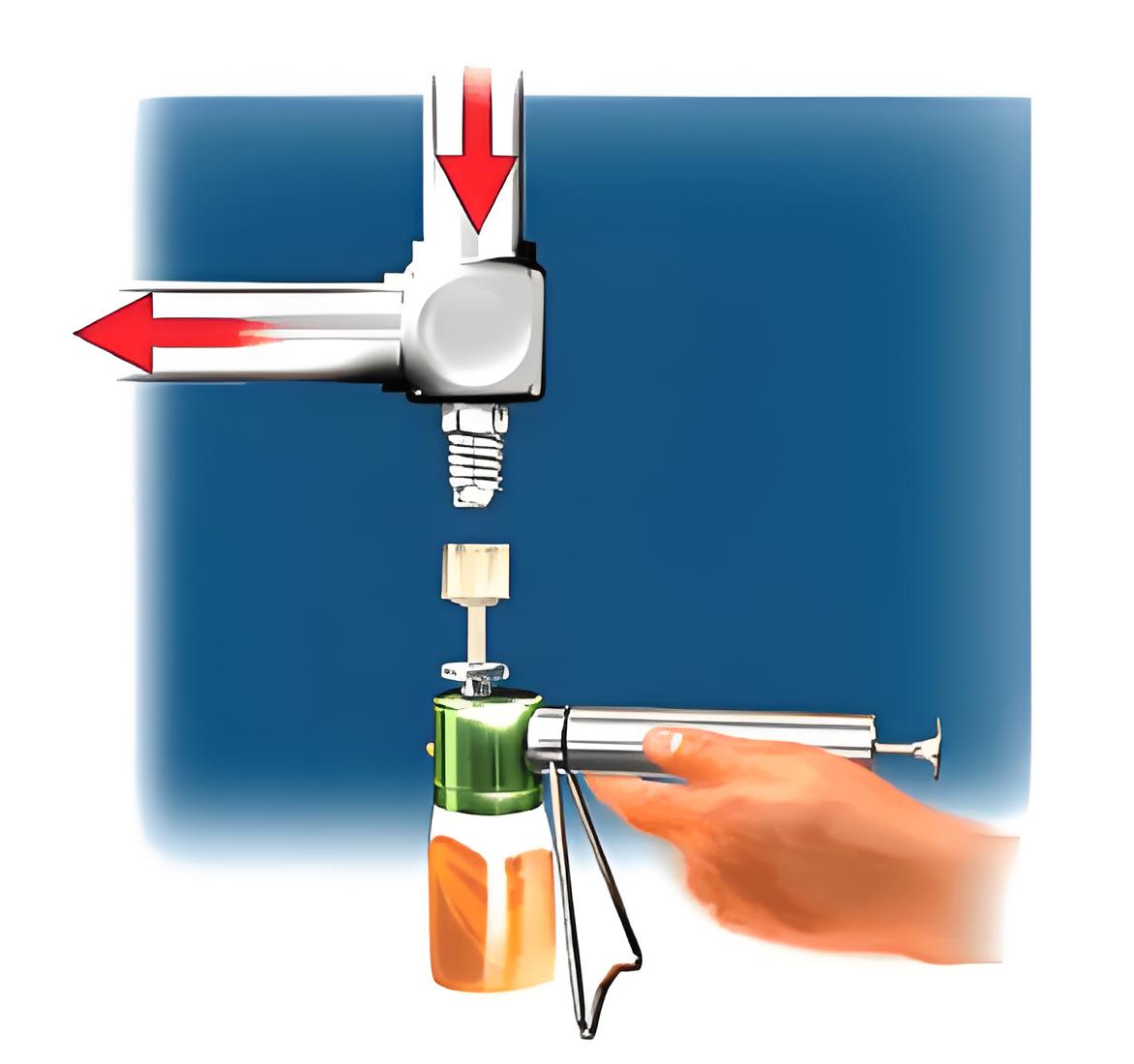What is Oil Immersed Electrical Equipment?
What is Oil Immersed Electrical Equipment?
Transformer Oil Sampling Definition
Transformer oil sampling is defined as the process of collecting a sample of oil from a transformer or other oil-immersed electrical equipment for analysis.

Importance of Oil Sampling
Regular oil sampling helps detect potential problems, ensuring the reliability and efficiency of transformers.
Sampling Frequency
The frequency of transformer oil sampling depends on several factors, such as:
The type and size of the transformer
The age and condition of the oil
The operating environment and load
The manufacturer’s recommendations
The industry standards and regulations
Safety Precautions
Wear personal protective equipment (PPE), such as gloves, goggles, and fire-resistant clothing.
Use proper tools and equipment that are suitable for high-voltage applications.
Avoid sampling in adverse weather conditions, such as rain, snow, fog, dust, or high humidity.
Keep away from sources of ignition or heat near the transformer or oil.
Dispose of waste oil and materials properly according to environmental regulations.
Benefits of Transformer Oil Sampling
It helps extend the life span and efficiency of the transformer by detecting and preventing potential problems before they become serious or irreversible.
It helps reduce maintenance costs and downtime by optimizing maintenance schedules and interventions based on actual oil conditions rather than fixed intervals.
It helps improve safety and reliability by reducing the risk of failures or faults.
Methods of Oil Testing
Visual analysis
Dielectric breakdown voltage (BDV) test
Color analysis
Dissolved gas analysis (DGA) test
Flashpoint or fire point test
Dissolved metals test
Furanic compound test
The Electricity Encyclopedia is dedicated to accelerating the dissemination and application of electricity knowledge and adding impetus to the development and innovation of the electricity industry.













